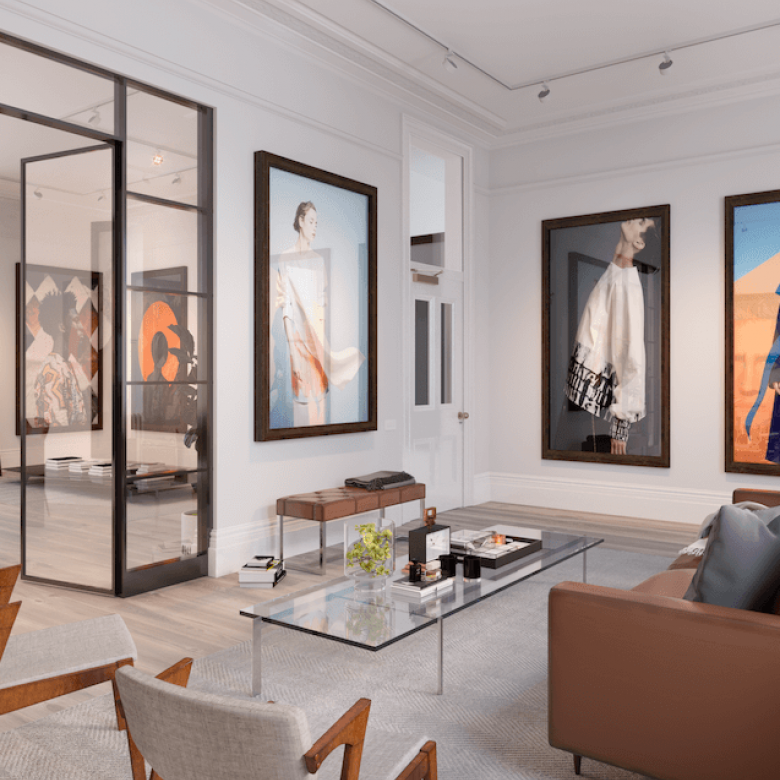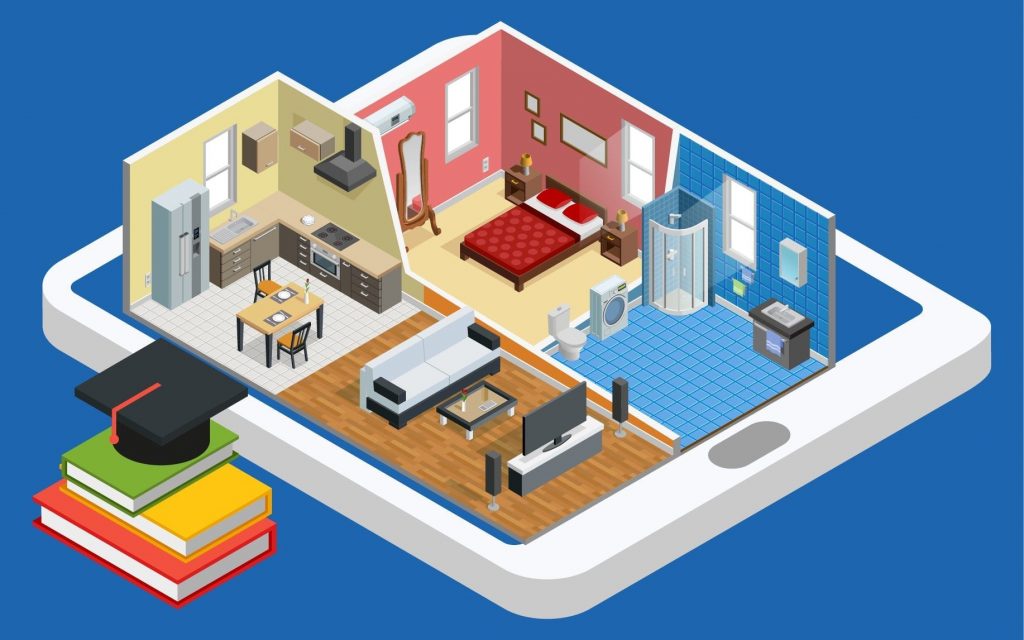Trusted High-End Architect Services for Sophisticated Designs
Trusted High-End Architect Services for Sophisticated Designs
Blog Article
The Art of Balance: Exactly How Interior Design and Home Designer Collaborate for Stunning Outcomes
In the realm of home style, striking an equilibrium in between aesthetic appeals and functionality is no little accomplishment. This fragile equilibrium is accomplished via the unified collaboration between interior developers and engineers, each bringing their one-of-a-kind experience to the table. The result? Spaces that are not only visually stunning but also extremely livable. This perfect blend is not constantly very easy to acquire. Stick with us as we discover the ins and outs of this joint process and its transformative effect on home layout.
Recognizing the Core Distinctions Between Inside Style and Home Architecture
While both interior layout and home architecture play vital duties in creating visually pleasing and useful rooms, they are inherently different techniques. It deals with the 'bones' of the framework, working with spatial dimensions, load-bearing wall surfaces, and roof covering designs. On the other hand, indoor design is much more worried with boosting the aesthetic and sensory experience within that structure.
The Synergy Between Home Design and Inside Style
The harmony in between home style and Interior Design depends on a shared vision of design and the enhancement of practical looks. When these 2 fields line up harmoniously, they can change a home from average to remarkable. This collaboration requires a deeper understanding of each self-control's principles and the capability to create a natural, visually pleasing environment.
Unifying Design Vision
Linking the vision for home architecture and Interior Design can develop an unified home that is both useful and cosmetically pleasing. The equilibrium starts with an integrated attitude; engineers and indoor designers collaborate, each bringing their competence. This unison of ideas forms the design vision, a plan that overviews the job. This shared vision is important for consistency throughout the home, ensuring a liquid shift from exterior architecture to indoor areas. It promotes a collaborating strategy where building elements enhance Interior Design components and vice versa. The outcome is a cohesive living space that mirrors the house owner's character, taste, and way of living. Therefore, unifying the design vision is critical in blending architecture and Interior Design for stunning outcomes.
Enhancing Practical Aesthetics
How does the harmony in between home style and interior style enhance functional aesthetics? Architects lay the foundation with their architectural style, guaranteeing that the space is effective and useful. An architect could make a home with high ceilings and big windows.
Importance of Cooperation in Creating Balanced Spaces
The partnership in between interior developers and designers is crucial in producing well balanced areas. It brings consistency between layout and style, offering birth to spaces that are not just aesthetically pleasing yet also practical. Exploring successful joint techniques Read Full Article can give insights into just how this synergy can be successfully achieved.
Balancing Layout and Architecture
Equilibrium, a crucial element of both indoor style and design, can only truly be attained when these 2 fields work in consistency. This collective process results in a natural, well balanced style where every element contributes and has a purpose to the total aesthetic. Harmonizing layout and design is not just concerning producing attractive spaces, yet regarding crafting spaces that function perfectly for their inhabitants.
Effective Collaborative Approaches

Situation Studies: Effective Integration of Layout and Architecture
Examining a number of study, it emerges how the effective integration of Interior Design and architecture can change a room. The Glass Home in Connecticut, renowned for its minimalistic style, is one such example. Engineer Philip Johnson and interior designer Mies van der Rohe teamed up to create an unified balance between the interior and the framework, causing a seamless circulation from the exterior landscape to the inner living quarters. An additional exemplar is the Fallingwater Home in Pennsylvania. Engineer Frank Lloyd Wright and indoor designer Edgar Kaufmann Jr.'s collective initiatives lead to an amazingly unique home that blends with its all-natural environments. These case research studies highlight the extensive impact of a successful style and style cooperation.

Getting Rid Of Challenges in Layout and Architecture Cooperation
In spite of the indisputable advantages of an effective partnership in between interior style and design, it is not without its difficulties. Designers may prioritize structural integrity and safety, while developers concentrate on convenience and design. Efficient communication, mutual understanding, and compromise are crucial to overcome these challenges and attain a unified and effective collaboration.

Future Trends: The Advancing Relationship In Between Home Architects and Inside Designers
As the globe of home style continues to develop, so does the relationship between engineers and indoor developers. On the other hand, interior designers are embracing technological facets, affecting general layout and functionality. The future assures an extra cohesive, innovative, and adaptive strategy to home layout, index as designers and designers continue to blur the lines, cultivating a connection that really embodies the art of equilibrium.
Final thought
The art of balance in home style is achieved with the unified collaboration in between interior designers and engineers. Despite difficulties, this partnership promotes development and development in layout.
While both sites interior style and home style play important duties in producing cosmetically pleasing and functional areas, they are naturally different self-controls.The harmony in between home architecture and indoor design exists in a common vision of design and the enhancement of practical aesthetic appeals.Linking the vision for home architecture and interior style can develop an unified living space that is both functional and visually pleasing. Hence, unifying the layout vision is crucial in blending design and interior layout for stunning results.
Exactly how does the harmony in between home style and indoor layout enhance functional aesthetic appeals? (Winchester architect)
Report this page